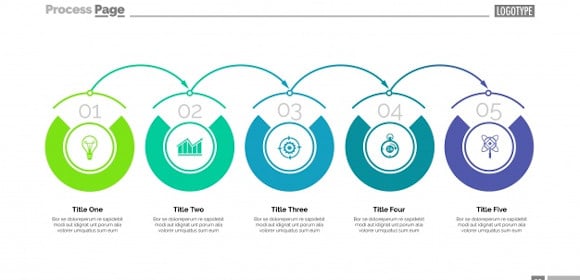Timeline Templates
Developing and marketing a new product is a process, and how long it takes will depend on the nature of the product, the development lifecycle, your budget, and the expected due date. Planning for all these elements off the top of your head is not possible, deciding how much should go into a project without creating a timeline for the production process is going to be an absolute waste of time. Even if you and your team have developed the best design strategies to develop the upcoming product within an exactly expected timeframe, you cannot be so sure that the plan will work without a timeline. As such, the team needs a relevant tool for the production process. A timeline template is a perfect tool, the exact document used by small and large enterprises to plan, review, revise, and execute a product’s life cycle.... Read More

10+ Recruitment Process Timeline Templates in PDF | MS Word
The recruiting method commences when an organization recognizes the inadequacy to fill a position and closes when an applicant accepts a job offer. The usual steps of the recruitment and choice method differ depending on the position and business. Timelines for the recruitment of a new organization member will range depending on the status recruited for, the selection methods used and the number of applications received. Have a look at the recruitment process cool timeline templates provided down below and choose the one that best fits your purpose. You can also see more like Simple Timeline, Sample Timeline, Basic Timeline, Timeline Design.
Planning a wedding is any day a huge affair. It’s not just about the D day but also the rehearsal dinners, bachelors/bachelorette parties and reception event post the ceremony. In such a situation it’s always smarter to maintain a proper wedding timeline. To ease your work here, the online world brings you a wide range of wedding timeline templates – most of the Microsoft Excel wedding blank timeline template options are free to download.
The advent of Christianity and modern churches has not been sudden. It started with the events of the Old Testament and then the New. To know the history of any culture, religion, or belief, you need to know the chronology of important events. As far as the Christian churches are concerned, the modern churches and the belief system that they have is much different from the orthodox churches in the beginning. A church history timeline will tell you all about the modifications, significant social events leading to the modification, and the years in which they happened. You can also see more on History Timeline in Word.
A timeline is a visual representation of a specific duration. An internship timeline is a tool that is made to help decide what to do, when to do and how to do it when applying for internships. This timeline makes the whole process of searching and then applying for internships much easier. Internship Timeline Templates help to build these timelines specifically for internships.
When you are going through the process of buying or selling your real estate property, then you need to create a timeline to organize all the steps and act according to priority. As a real estate agent, this step becomes all the more important because you need to satisfy your customers and provide the best service they need. A typical real estate timeline consists of all the factors necessary to deal with the transaction of a real estate between a buyer and a seller. Follow the format of a timeline template to get a full idea of how to create a real estate timeline.
